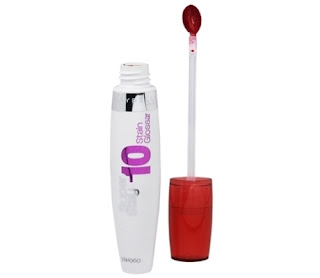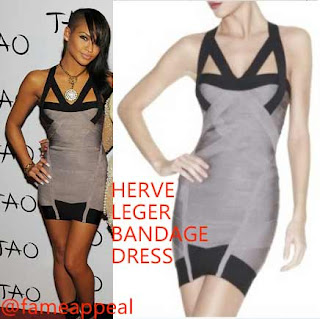Posts
Showing posts from September, 2012
U.S. Customs and Border Protection seized $325,000 worth of Counterfeit Lee Jeans
- Get link
- Other Apps
Wet Seal Workers Sue Retail Chain for Racial Discrimination
- Get link
- Other Apps
Fashion Legallaire's Designer Pick: Stephane Rolland
- Get link
- Other Apps
MTV Sued for $30 Million for Allegedly not Registering Logos in Latin America
- Get link
- Other Apps
Should Maybelline Brush Up or Pay Up?
- Get link
- Other Apps
BCBG sues Stretta for Copying its Herve Bandage Dress
- Get link
- Other Apps
In the case of Louboutin v YSL, Red bottoms are officially Trademarked and Protected
- Get link
- Other Apps
Design Piracy Protection on Capitol Hill (Again)
- Get link
- Other Apps






